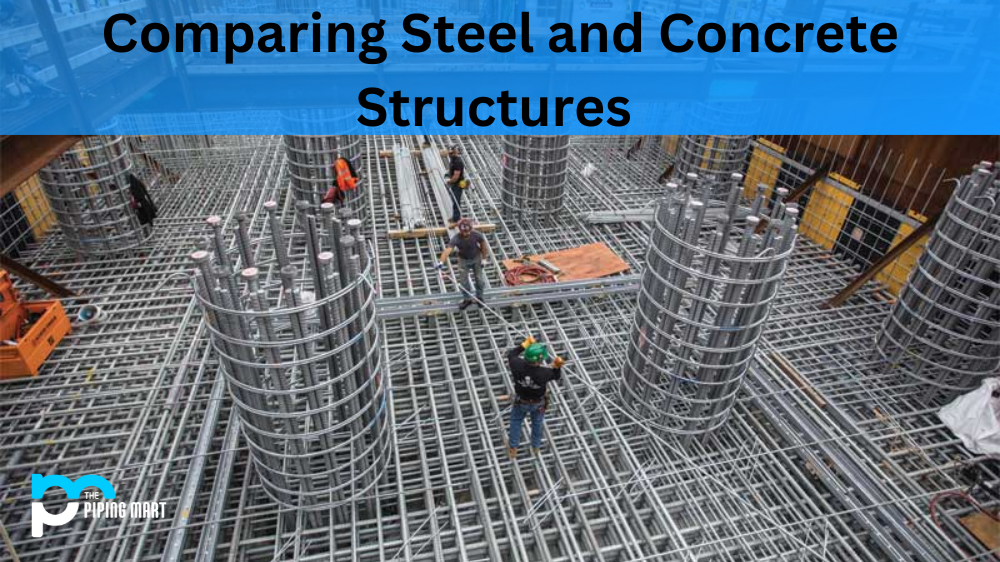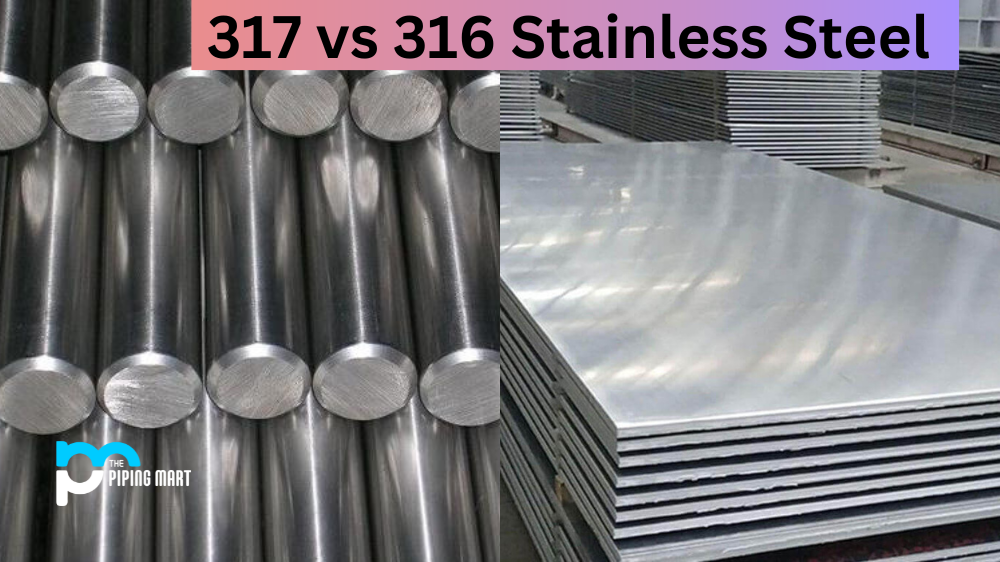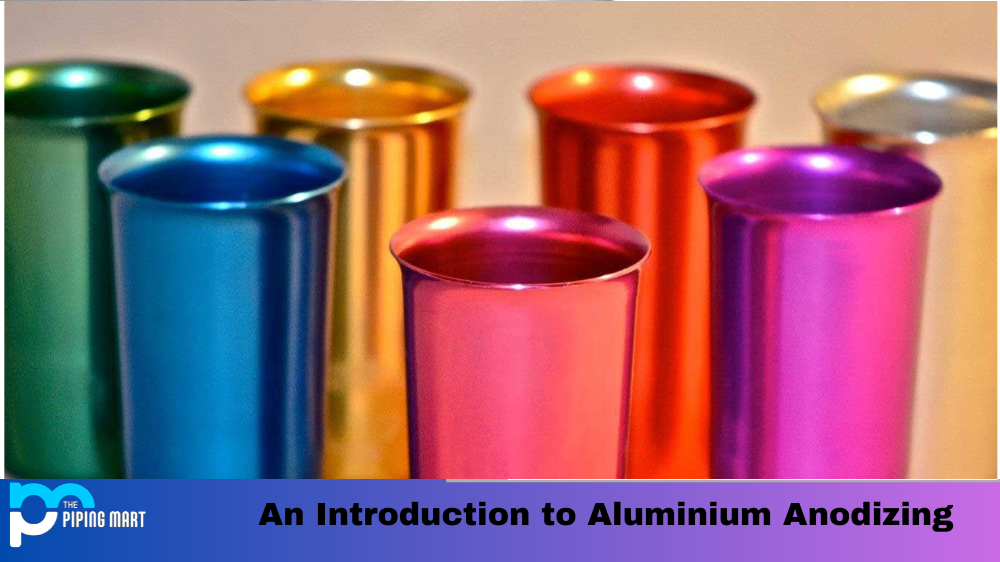In the world of engineering, aluminium wire rod is a popular choice for many applications due to their versatility and durability. It provides a range of benefits, such as being corrosion-resistant, lightweight, strong, and easy to work with. Let’s take a closer look at some of the common uses of aluminium wire rods and why they are so beneficial compared to other materials.
Aluminium Wire Rod uses
As one of the most versatile metal alloys, Aluminium Wire Rods are widely used for a variety of applications. This lightweight yet strong metal rods are utilized in various industries ranging from electrical, and mechanical to decoration products. In electrical engineering, these wire rods find extensive use in overhead line conductors and cables due to their superior conductivity, corrosion-resistance and low price. They are also suitable for energy transmission as they ensure reliable performance even at very high voltages. Moreover, these wire rods have numerous aesthetic purposes like accessory making, grilles and gutter production, etc which makes them the choice of architects, designers, and many other shoppers. In conclusion, one can say that Aluminium Wire Rods can be used for a large variety of purposes and should be considered an optimal industry solution for nearly any related need.
Electrical Applications
Aluminium wire rods are often used in electrical applications due to their strong yet lightweight qualities. They can be used in wiring harnesses, power cables, transformers, motor rewinds, and in high-voltage transmission lines. This is because aluminium has excellent conductive properties, which make it an ideal material for these types of applications. Aluminium also has excellent anti-corrosion properties, which makes it an incredibly durable material that will perform well even in harsh conditions.
Structural Applications
Aluminium wire rods can also be used in structural applications such as bridges, buildings, and towers. Due to its strength and lightweight nature, it is the perfect material for use in high-rise structures where the weight should be kept to a minimum whilst ensuring maximum stability and strength over time. The excellent corrosion resistance offered by aluminium means that it can stand up against years of exposure to harsh weather conditions without suffering from wear or degradation over time.
Manufacturing Uses
Aluminium wire rods are also frequently used in manufacturing processes where precision engineering is required for components or parts that need to be extremely accurate or lightweight yet strong. For example, they are often used in the production of aircraft parts due to their ability to create intricate shapes with ease whilst remaining lightweight yet strong enough for use in aeronautical engineering applications. They can also be used in automotive manufacturing processes where precision parts are needed but must remain lightweight yet strong enough for use on vehicles such as cars or trucks.
Aluminium wire rod manufacturing process
Aluminium wire rod manufacturing is a complex and comprehensive process that has several important steps. The first step involves the production of raw material, typically in the form of aluminium ingots. After being processed into billets, these are then subject to both hot and cold rolling. This is followed by drawing and annealing processes, allowing for further flexibility in the final product. Once finished, the rods can be inspected and tested to ensure they meet industry standards and requirements. The process of producing aluminium wire rods is not only integral to achieving desired qualities such as ductility or strength but also critical to ensuring the safety and efficiency of many industries which rely on this material’s unique properties.
Conclusion
In conclusion, aluminium wire rod is an incredibly versatile and durable material that can be used in many different types of applications across numerous industries, including electrical wiring harnesses, power cables, and transformers, as well as structural uses such as bridges and buildings or even manufacturing parts that require precision engineering with a lightweight yet strong solution like aircraft components or auto parts. Aluminium offers excellent corrosion resistance making it long-lasting even when exposed to harsh conditions while still remaining cost-effective compared to other materials making it an ideal choice when looking for solutions with these requirements.

Pipingmart is a B2B portal that specializes in metal, industrial and piping items. Additionally, we share the latest information and information about materials, products and various types of grades to assist businesses that are involved in this business.




